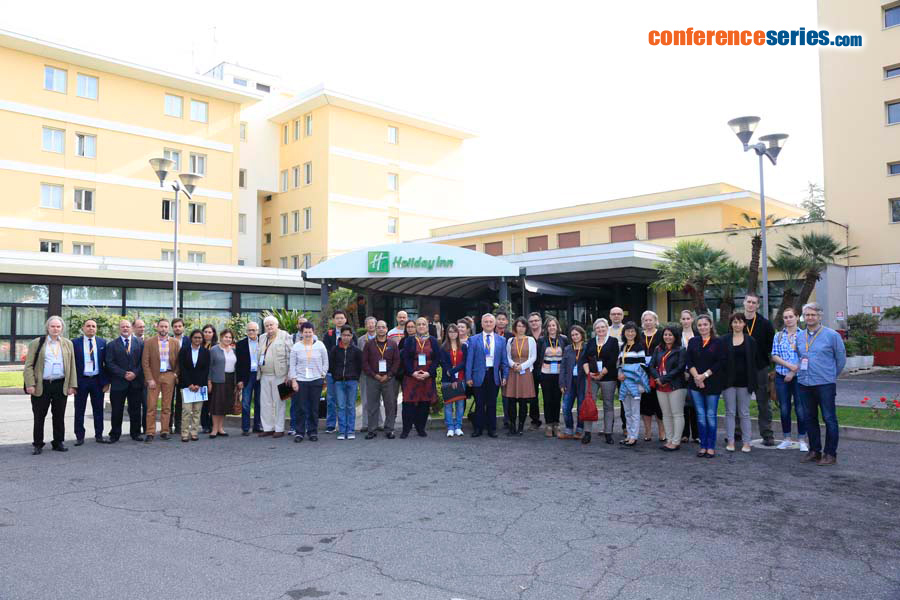
Surya Raj Niraula
B P Koirala Institute of Health Sciences, Nepal
Title: Probability sampling in matched case-control study in drug abuse
Biography
Biography: Surya Raj Niraula
Abstract
Although random sampling is generally considered to be the gold standard for population-based research, the majority of drug abuse research is based on non-random sampling despite the well-known limitations of this kind of sampling. We compared the statistical properties of two surveys of drug abuse in the same community: one using snowball sampling of drug users who then identified “friend controls” and the other using a random sample of non-drug users (controls) who then identified “friend cases”. Models to predict drug abuse based on risk factors were developed for each data set using conditional logistic regression. We compared the precision of each model using bootstrapping method and the predictive properties of each model using receiver operating characteristics (ROC) curves. Analysis of 100 random bootstrap samples drawn from the snowball-sample data set showed a wide variation in the standard errors of the beta coefficients of the predictive model, none of which achieved statistical significance. On the other hand, bootstrap analysis of the random-sample data set showed less variation and did not change the significance of the predictors at the 5% level when compared to the non-bootstrap analysis. Comparison of the area under the ROC curves using the model derived from the random-sample data set was similar when fitted to either data set (0.93 for random-sample data vs. 0.91 for snowball-sample data, p=0.35); however, when the model derived from the snowball-sample data set was fitted to each of the data sets, the areas under the curve were significantly different (0.98 vs. 0.83, p<.001). The proposed method of random sampling of controls appears to be superior from a statistical perspective to snowball sampling and may represent a viable alternative to snowball sampling.




